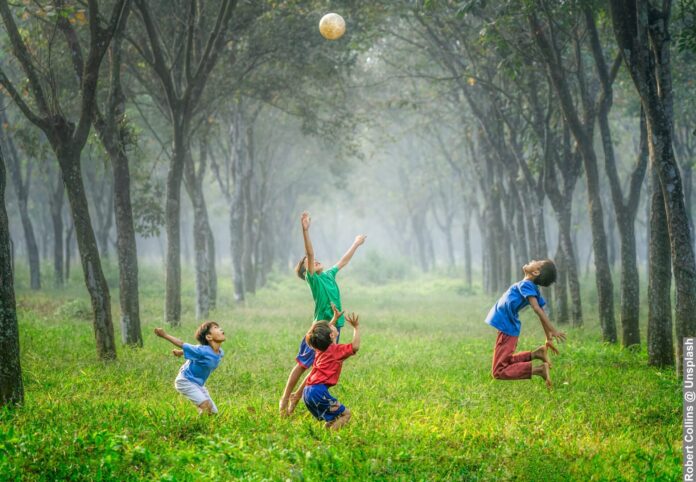Today is a new day, not just a regular day but a New Year Day, the first day of 2022. Each passing year we all attempt to come up with a list of things for the upcoming year. These customarily fall into either ‘learning’ or ‘progressing’. On the summit of this heap lies the need to improve once health and fitness. On the opposing mountain of equal measure lies factors preventing levels of physical activity.
The two summits are synonymous with each, they cannot be separated, in the sense that we make the list and on the higher end of almost everyone’s list, is the need to improve our physical state. Some for aesthetics (social media approval comes to mind), whilst others for health reasons.
I am no different to having a bucket list of things I will do, only to stumble a short few months in. I had a promise last year that I would be posting material which parents could use to help improve the health of their kids in my post ‘Child and Teen Obesity: Ten Active Activities Every Child Should Be Able to Do’. Due to time restraints and Covi-19 wreaking havoc, I did not stay true to my wish.
Last year I did a podcast reason why some of our New Year’s resolutions won’t be with us come February. This podcast was centred around ‘Factors Preventing Individuals from Doing Physical Activity or Doing Exercise’. I am in no way an egotistic person, but I would recommend either listening or watching it, I have inserted the YouTube link below.
I happen to believe that understanding the factors preventing levels of physical activity can help us to stay long enough on the path to engage us.
There are no issues with having factors preventing levels of physical activity, is there?
Well, there is! We all have our vices; I would highly recommend one indulgence, increased physical activities. Consistent physical activity is proven to help prevent and manage diseases such as heart disease, stroke, diabetes, and several cancers. It also helps prevent hypertension and improve mental health, which has the cascading effort to improve quality of life and well-being.
World Health Organization conducted some studies and found the following Key facts.
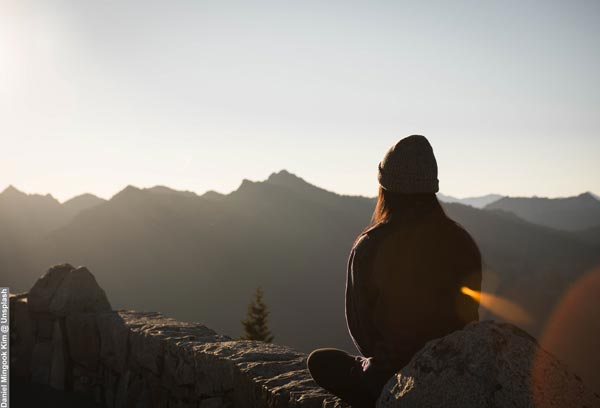
Physical activity has significant health benefits for hearts, bodies and minds.
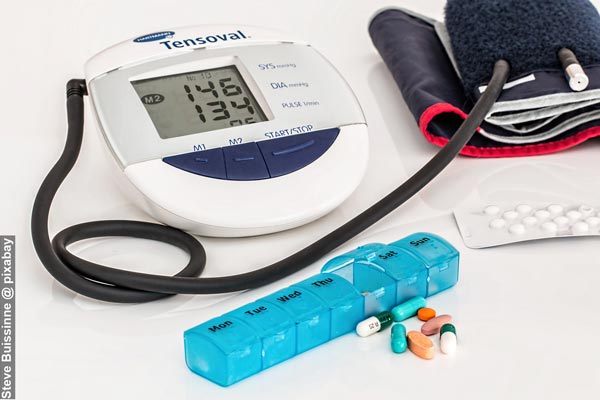
Physical activity contributes to preventing and managing noncommunicable diseases such as cardiovascular diseases, cancer and diabetes.
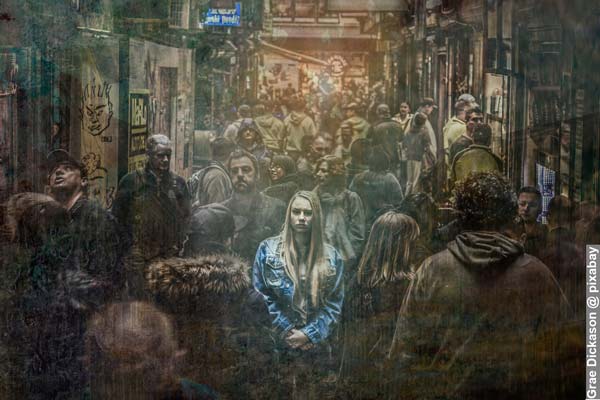
Physical activity reduces symptoms of depression and anxiety.
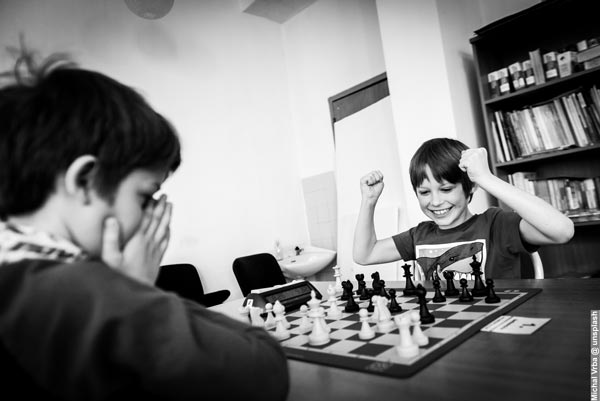
Physical activity enhances thinking, learning, and judgment skills.
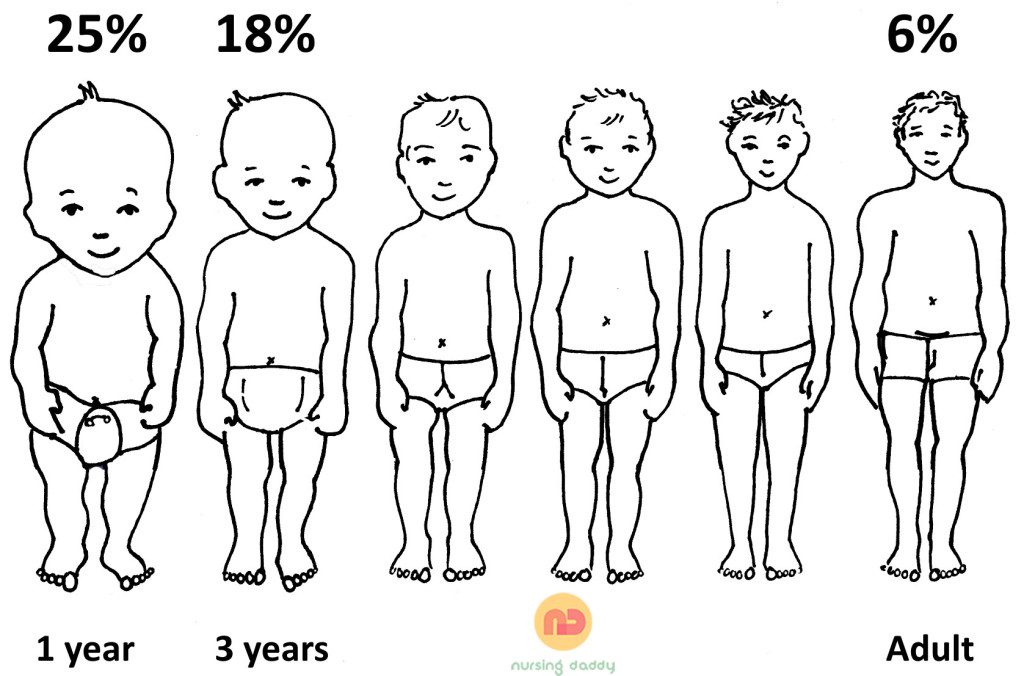
Physical activity ensures healthy growth and development in young people.
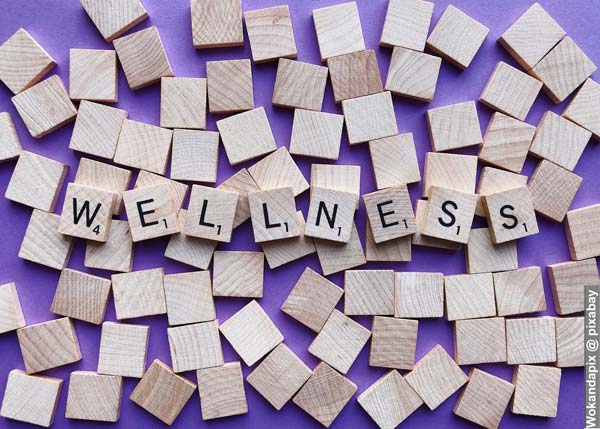
Physical activity improves overall well-being.
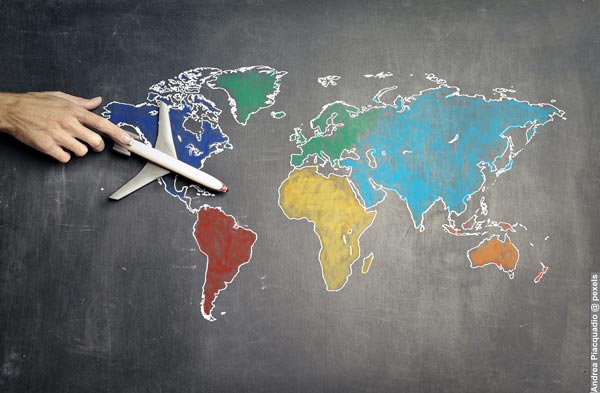
Globally, 1 in 4 adults do not meet the global recommended levels of physical activity.
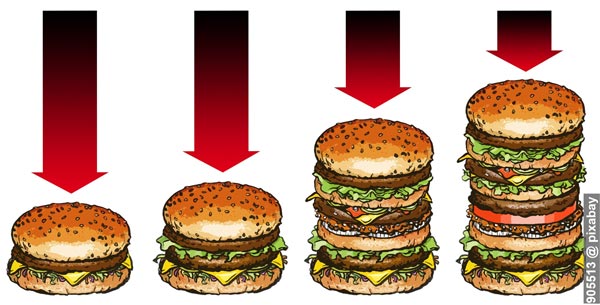
Up to 5 million deaths a year could be averted if the global population was more active.
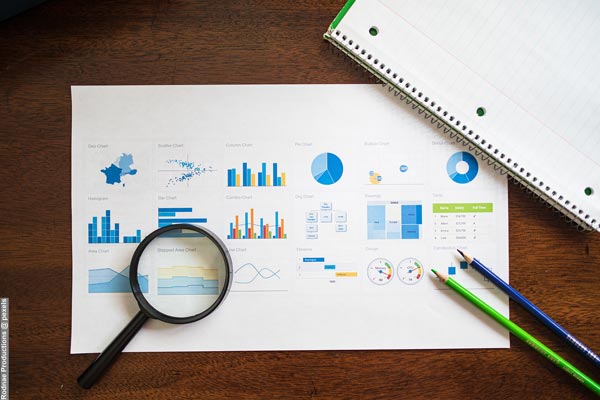
People who are insufficiently active have a 20% to 30% increased risk of death compared to people who are sufficiently active.

More than 80% of the world’s adolescent population is insufficiently physically active.
Let’s blame Covid-19 for contributing to factors preventing levels of physical activity
The last couple of years resolution lists can be termed Covid-19 Year Resolutions. Resolutions have quickly faded as the years have progressed, owing to the unpredictable nature of governments worldwide trying to contain this virus.
This minor unknown disease towards the backend of 2019 first made itself known to Wuhan, China. It has since spread worldwide, leading to an ongoing pandemic. The norm we had become accustomed to is now an uncharacteristic world where each day is unpredictable, filled with prayers for our families and loved ones to be kept safe!
What has been great to see is the number of people forced out of their houses to go for walk’s around the world. This may well have been born out of pure boredom of being told to stay at home (with the exclusion of outings for exercise), whilst Covid-19 could be brought under control. This has led to many active lives, which may well be a trend that last, or it could very well be a Covid-19 inspired health and fitness spark that fads when the fight against Covid-19 is won.
Either way, I decided to look into factors preventing levels of physical activity, why our well-intentioned, genuine New Year resolutions commitments to health and fitness often do not last beyond a few months, let alone an entire year.
Can we break this down into categories?
There are many reasons and theories why we are less active with each passing year and the potential lasting generational effort. It is far from my intention to dive headfirst into these debates. Instead, the primary intention is to investigate the barriers that prevent individuals from starting their health and fitness journey.
Broadly speaking, barriers to physical activity falls into two categories; Environmental Barriers and Personal Barriers.
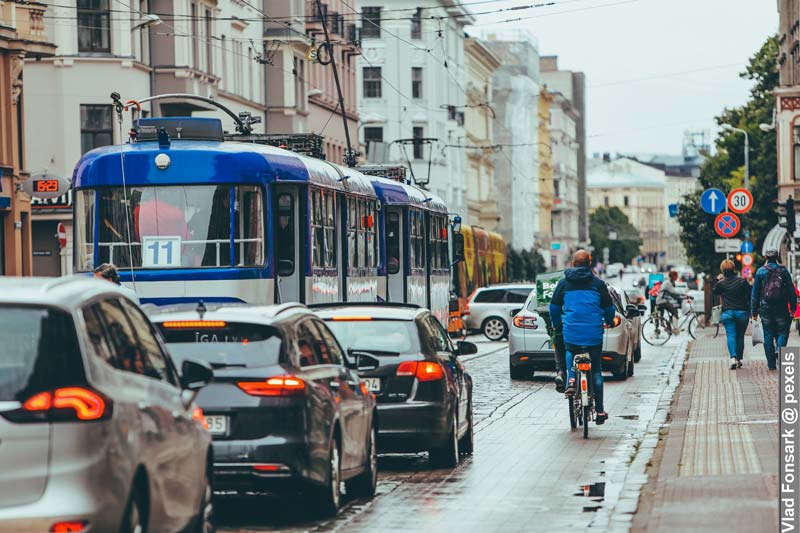
What are the Environmental Barriers?
Like it or not, the environment in which we live influence our level of physical activity. This was so apparent to me during my university years. I attended Loughborough University in the UK. The best sporting university in the UK. It was fascinating observing the students, lectures, etc.
The level of activity at the university is much higher than at other universities in the UK. The environment inspired the uninspired because most of the university population was active.
The impact on those who would have been very happy being inactive was evident for all to see. Also, the amount of those that smoked compared to other universities was low. You hardly saw it, which becomes more apparent when you visited universities.
Environmental barriers often are removed from the position of the individuals with all the right intentions and handed to circumstantial forces, such as the location of the dwelling. Factors under environmental barriers can be considered as, but not limited to the list below;
- Recreation facilities
- Community force or spirit
- Social environment
- Gender split
- Age pollution
- Parks
- Forest
- Traffic
- Crime level
- Transportation
- Family and friends
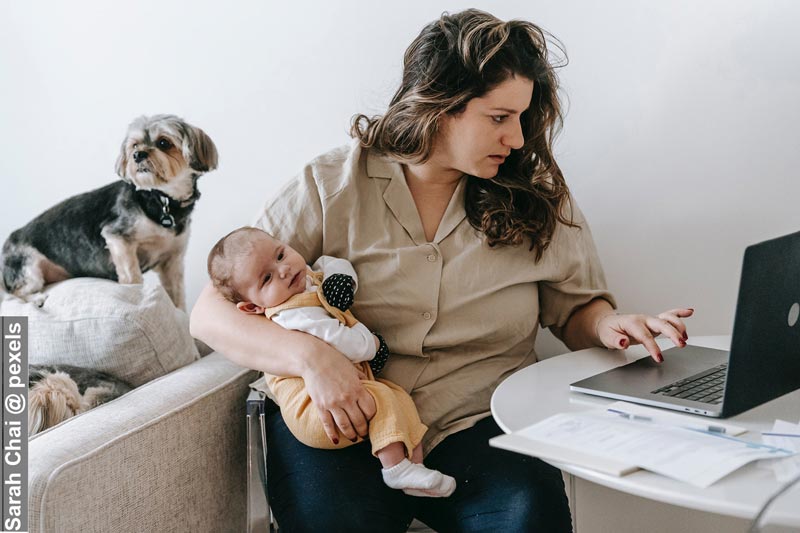
What are the Personal Barriers?
This deals with all the excuses we generate and convince ourselves to believe. Over generations, our lives have become far easier compared to our parents and grandparents’ generations. We are far less active. The top three barriers to engaging in physical activity, which is well documented, can be summarised into the following three areas;
- Time – We live in a fast-paced world, and so easy to run out of time. It is easy to forget about physical activity or place it further down our daily list in our daily life. This perceived or actual lack of time is the biggest stumbling block for people trying to adopt a new exercise regimen.
- Energy – This fall into a cycle-of-effect with ‘time’. Being so busy in our daily lives makes it very easy to be tired at the end of a busy day.
- Motivation – This can either be the motivation needed to get started or to keep going long enough to see the results.
Are there any studies that support this?
Studies conducted into “Determinants of exercise behaviour”, “Predictors of adoption and maintenance of vigorous physical activity in men and women” and “Barriers to participation in physical activity and exercise among middle-aged and elderly individuals” found the following specific reasons why individuals do not exercise;
- Insufficient time to exercise
- Inconvenience of exercise
- Lack of self-motivation
- Non-enjoyment of exercise
- Boredom with exercise
- Lack of confidence in their ability to be physically active (low self-efficacy)
- Fear of being injured or having been injured recently
- Lack of self-management skills, such as the ability to set personal goals, monitor
- Progress, or reward progress toward such goals
- Lack of encouragement, support, or companionship from family and friends
- Non-availability of parks, sidewalks, bicycle trails, or safe and pleasant walking
- Paths close to home or the workplace
Understanding the root of many issues in life helps to dissect them and helps to come up with a plan to overcome these issues. In the following article, I will aim to address how we can overcome these barriers highlighted above to try and ensure we can remain true to our 2022 New year’s resolution and mitigate against factors preventing levels of physical activity for kids and adults.
[Updated Post 30/03/2022] – See the following post, ‘How to Overcome Barriers to Physical Activity or Exercise’, which outlines some remedies you can utilise to overcome ‘Factors Preventing Levels of Physical Activity in Kids and Adults.’
Sources
- World Health Organization (26 November 2020) “Physical Activity”, Website [Accessed 30 December 2021]


